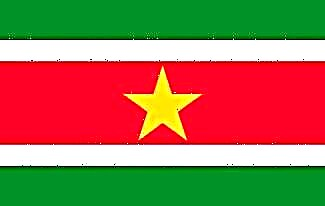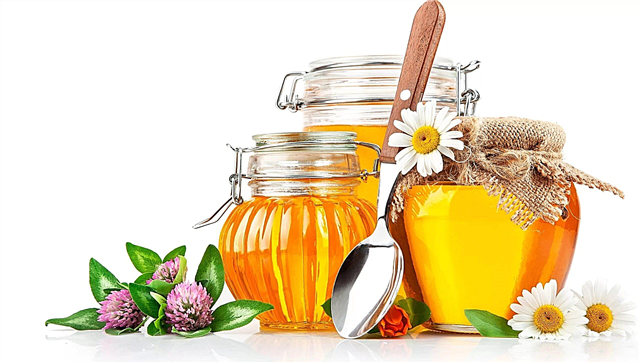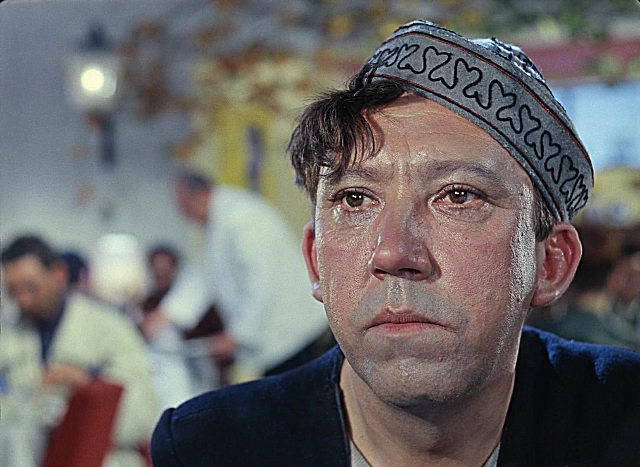What is gluten? This word can be heard from people and on TV, as well as found on the packaging of various products. Some people think that gluten is some kind of harmful component, while others are not afraid of it.
In this article, we will tell you what gluten is and what it can contain.

What does gluten mean
Gluten or gluten (lat. gluten - glue) is a term that unites a group of similar proteins found in the seeds of cereal plants, especially wheat, rye and barley. It can be present in all foods that have used cereals or thickeners in one way or another.
Gluten has characteristic viscous and adhesive properties that give the dough elasticity, help it rise during fermentation and maintain its shape. As a result, the taste of the products is improved and the baking time is reduced. In addition, gluten has a relatively low cost.
In its raw form, gluten resembles a sticky and elastic mass of gray color, while in dry form it is translucent and has no taste. Today, gluten is widely used in the production of sausages, canned food, yoghurts, ice cream, sauces, and even some alcoholic beverages.
Is gluten harmful or not?
Gluten can actually lead to adverse inflammatory, immunological and autoimmune reactions.
In this regard, in the general population, gluten can cause a number of disorders, including celiac disease (up to 2%), dermatitis herpetiformis, gluten ataxia and other neurological disorders.

These diseases are treated with a gluten-free diet. Gluten-free foods include:
- legumes;
- potatoes;
- corn;
- honey;
- milk and dairy products (unflavored);
- meat;
- vegetables;
- peanuts, walnuts, almonds;
- millet, millet, rice, buckwheat;
- fish;
- fruits and berries (fresh and dried);
- eggs and many other foods.
Grocery packaging always mentions the gluten content, if it is present in the composition.









